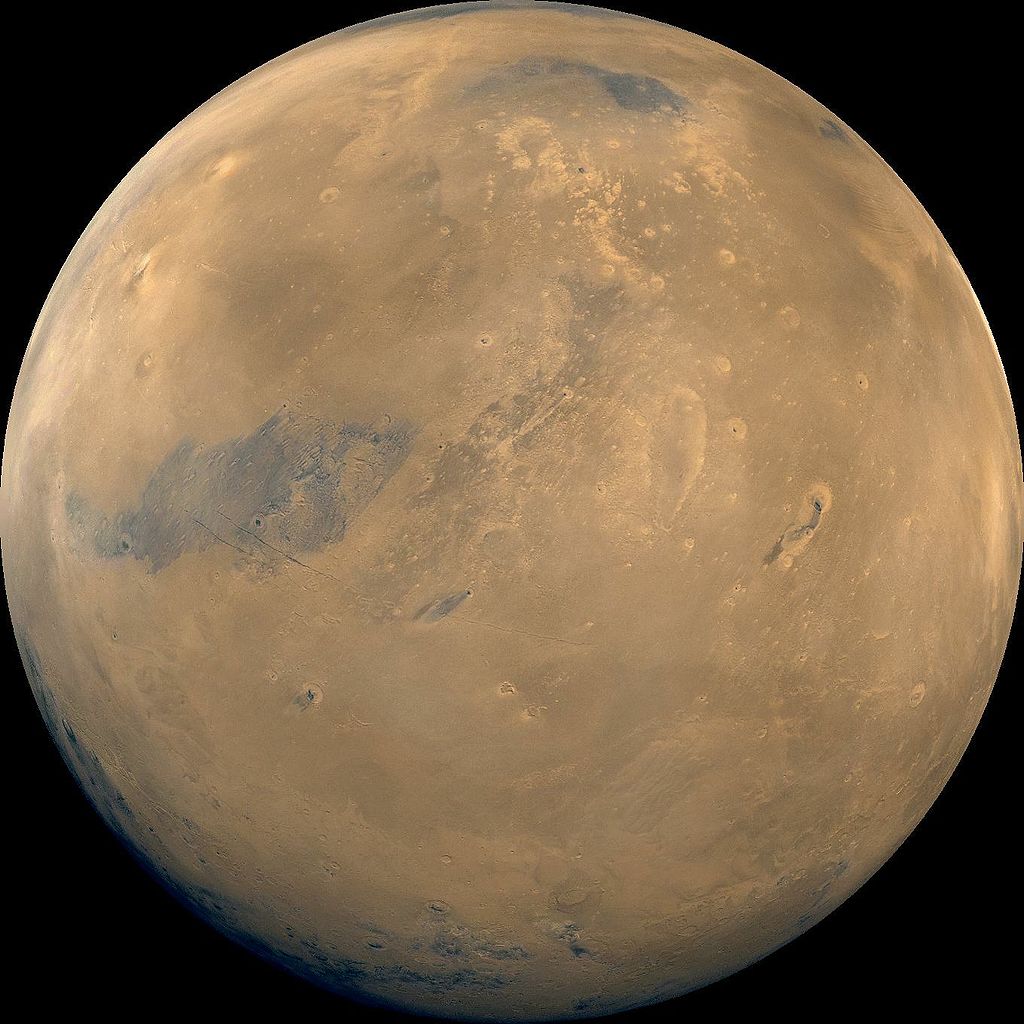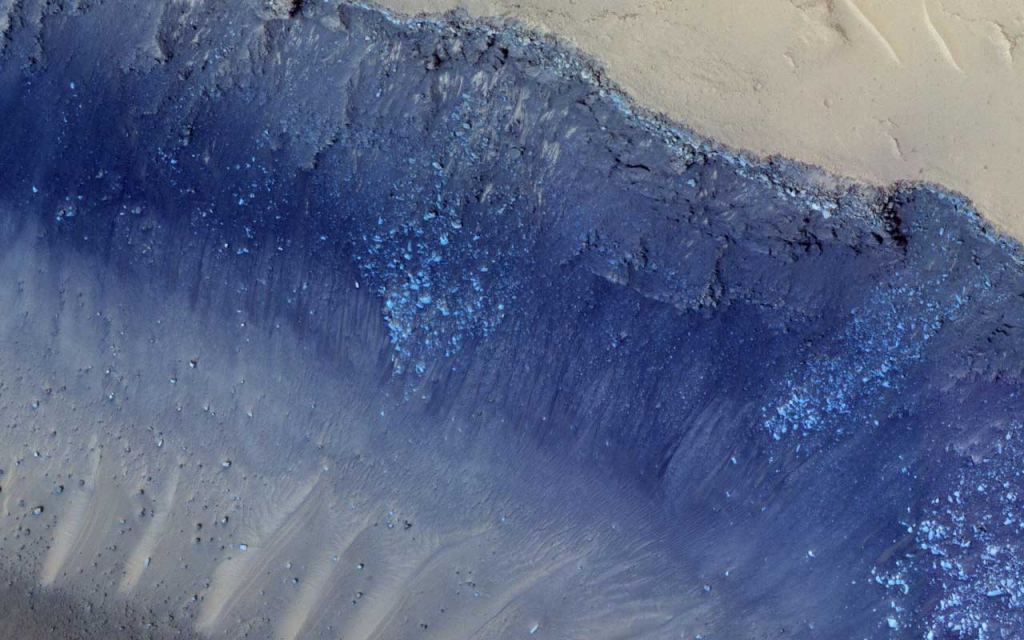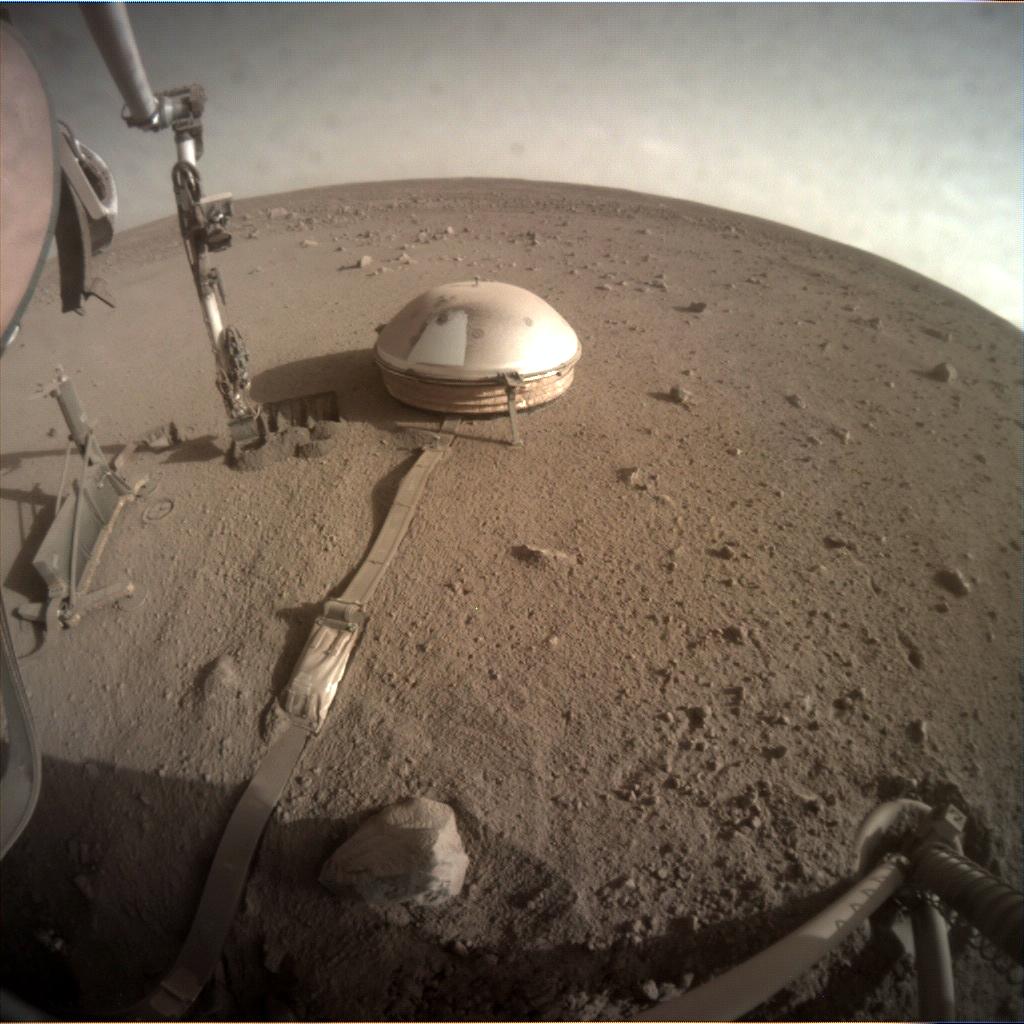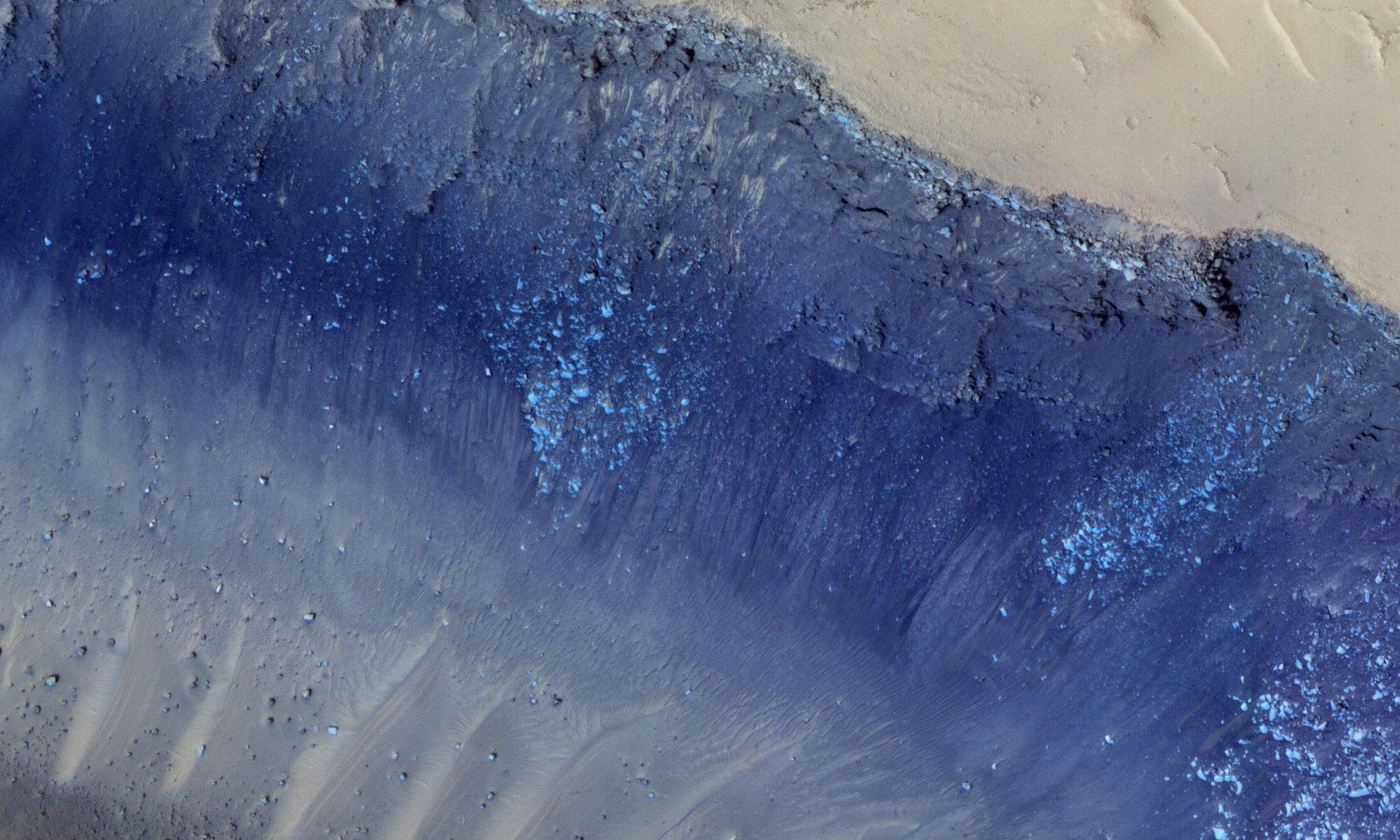NASA’s InSight lander felt the distant rumble of two major ‘marsquakes’ in March, originating from a region near the Martian equator known as the Cerberus Fossae. Registering magnitudes of 3.1 and 3.3 on March 7th and March 18th respectively, the quakes cement the Cerberus Fossae’s reputation as one of the most geologically active places on the Red Planet today. A pair of similarly strong marsquakes rocked the same region back in 2019.
The Cerberus Fossae region is scarred by a series of massive, nearly-parallel fissures, created when the planet’s crust was pulled open by a dramatic volcanic event. Volcanism is the primary driver of quakes on Mars: the Red Planet lacks the tectonic plates that cause most of the quakes we feel here on Earth.
On Mars, the Cerberus Fossae region is one of the major epicenters of such activity, and is a fascinating area to study because of its geological instability, both in the past and in the present day.

Our ability to detect marsquakes is very new. Geologists have suspected their existence for decades, but it wasn’t until InSight fired up its Seismic Experiment for Interior Structure (SEIS) in early 2019 that scientists were able to incontrovertibly catch a recording of one. The Viking 2 lander observed an event back in 1976 that may have been a small quake, but at that time it was impossible to rule out wind or weather as the cause. InSight, on the other hand, has now found hard evidence of over five hundred seismic events in just the last two years. Most marsquakes detected by SEIS have been small, but those originating from the Cerberus Fossae are among the clearest and strongest yet.

Incredibly, geologists were able to predict that InSight might hear quakes from the Cerberus Fossae region six years before the spacecraft even landed on Mars. Back in 2012, a research team used imagery taken by the Mars Reconnaissance Orbiter’s HiRISE camera to examine the area, and discovered evidence of recent landslides, as well as boulders that had rolled down the steep slopes of some of the chasms. These rockslides seemed consistent with the after-effects of earthquakes here at home, suggesting that a marsquake might recently have occurred. InSight’s new detections validate that theory.
The InSight mission received a two-year extension in January, and in that time the team hopes to create a detailed record of Martian seismic activity. To ensure the highest possible quality data, they have begun using the lander’s robotic arm to bury the SEIS instrument’s cable. Doing so will reduce wind noise, vibrations, and temperature fluctuations, all of which can interfere with the seismometer and disguise possible marsquake detections.

InSight is also still struggling with dust-covered solar panels, meaning some of the lander’s instruments, like its weather station, will have to be powered down temporarily. Insight still has enough energy to keep SEIS running for another month or two, after which it too will have to go into hibernation. This low-power state will remain until a dust devil cleans the panels, or until Mars moves closer to the Sun in its orbit, which should happen shortly after July.
In the meantime, researchers are excited about the detections coming from the Cerberus Fossae, and are hoping that stronger quakes are yet to come. If InSight hears a ‘Big One,’ the vibrations may go deep enough to interact with the planet’s mantle and its core. Listening to such an event would teach us more about the planet’s internal structure – something we currently know very little about.
Learn More:
- “NASA’s InSight Detects Two Sizable Quakes on Mars.” JPL.
- “A Year of Surprising Science From NASA’s InSight Mars Mission.” Mars InSight Mission.
- Gerald P Roberts et al. “Possible evidence of paleomarsquakes from fallen boulder populations, Cerberus Fossae, Mars.” Journal of Geophysical Research.


From the JPL article:
“Earthquake waves travel more directly through the planet, while those of moonquakes tend to be very scattered; marsquakes fall somewhere in between. “Interestingly,” Kawamura continued, “all four of these larger quakes, which come from Cerberus Fossae, are ‘Earth-like.’””
From BBC:
“Scientists have, for the first time, directly measured the core of another planet. NASA’s InSight mission on Mars has discovered the Red Planet’s core is considerably bigger than expected.
Instruments on the spacecraft have listened to seismic energy deep within the planet. The data suggests a measurement of 1,810-1,860km in diameter, roughly half the size of the Earth’s core. It’s larger than some predictions, which means the Martian core is less dense than previous estimates, probably due to the presence of lighter elements such as oxygen.
The measurements have not yet been published in a journal but were reported at a virtual gathering of the Lunar and Planetary Science Conference.”
From Space:
“Closer to the surface, scientists are still puzzling over what the seismometer’s observations say about the interior of Mars. Two different models match the data the instrument has gathered; one model proposes a thinner crust with two layers, the other a thicker crust with three layers, Mark Wieczorek, a seismologist at the Observatoire de la Côte d’Azur in France, said during brief live remarks on Thursday. He and his colleagues hope that the observations InSight gathers during its extended mission will clarify the matter.”